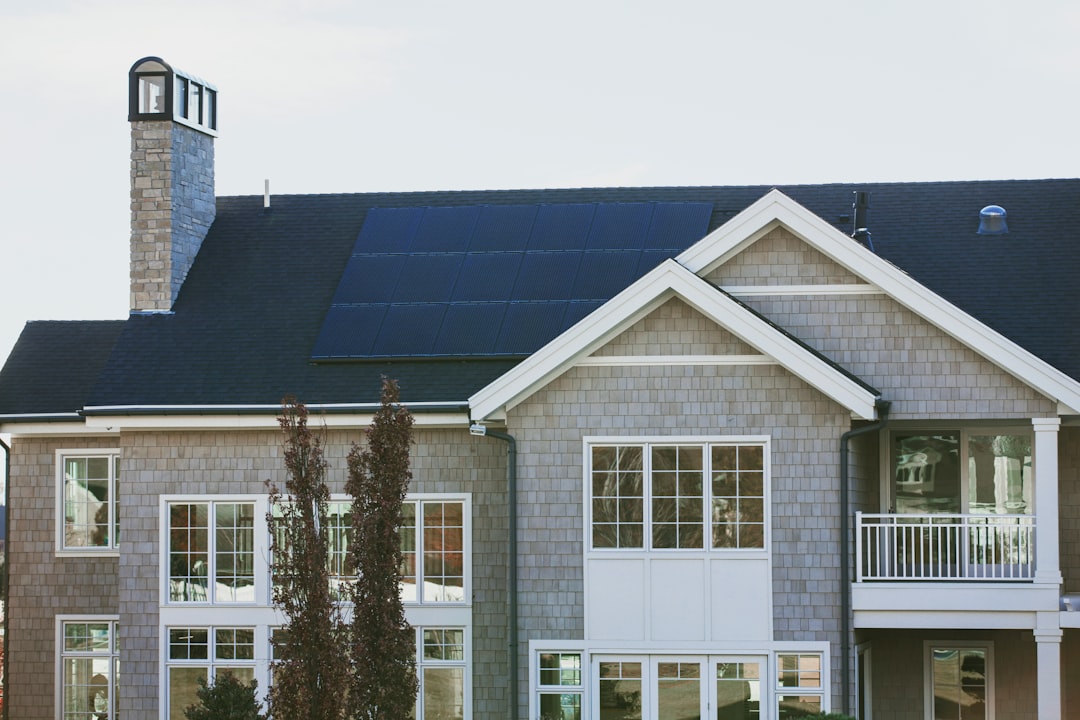What is it about?
Emissions reduction was categorised based on the standard GHG Protocol from the Kyoto Protocol into Scope 1, 2 and 3. GHG Scope 1 contributes the most activities and yielded the main GHG emission reductions in electricity consumption (in kg CO2-eq/kWh) with a 90.72% decline for the year 2016–2017. The highest reduction for total annual GHG emissions was found for the year 2017–2018, with a reduction of 6,590,000 kg CO2 eq/year. Most of the living laboratory research activities in that year were categorised in the change management core area. These activities benefited from continuous funding and were more successful when the research was in mature phase, regardless of research constraints and difficulties.
Featured Image

Photo by Paweł Szymankiewicz on Unsplash
Why is it important?
Urban university campuses may be a substantial producer of greenhouse gas (GHG) emissions into the environment, through either campus operations or research activities. To date, there is little research on GHG emission reduction in higher education institutions—particularly in developing countries—so this work presents such an initiative from an urban university located in Kuala Lumpur, Malaysia. Higher education institutions in Malaysia are progressively integrating similar strategies to apply the United Nations’ Sustainable Development Goals (SDG) to education-translational research activities. The paper presents the GHG emission reduction data from campus activities and a living laboratory project conducted within Universiti Malaya (UM) main campus.
Perspectives
I hope this article can ignite other universities particularly in Malaysia to culture the living laboratories as part of their campus sustainability initiatives. This is to address the importance of global warming and climate change issues and in line with the country’s commitment to Intended Nationally Determined Contribution and associated global climate agreements.
Dr. Azizi Abu Bakar
University of Malaya
Read the Original
This page is a summary of: Sustainability initiative for a Malaysian university campus: living laboratories and the reduction of greenhouse gas emissions, Environment Development and Sustainability, February 2021, Springer Science + Business Media,
DOI: 10.1007/s10668-021-01250-1.
You can read the full text:
Resources
Contributors
The following have contributed to this page










